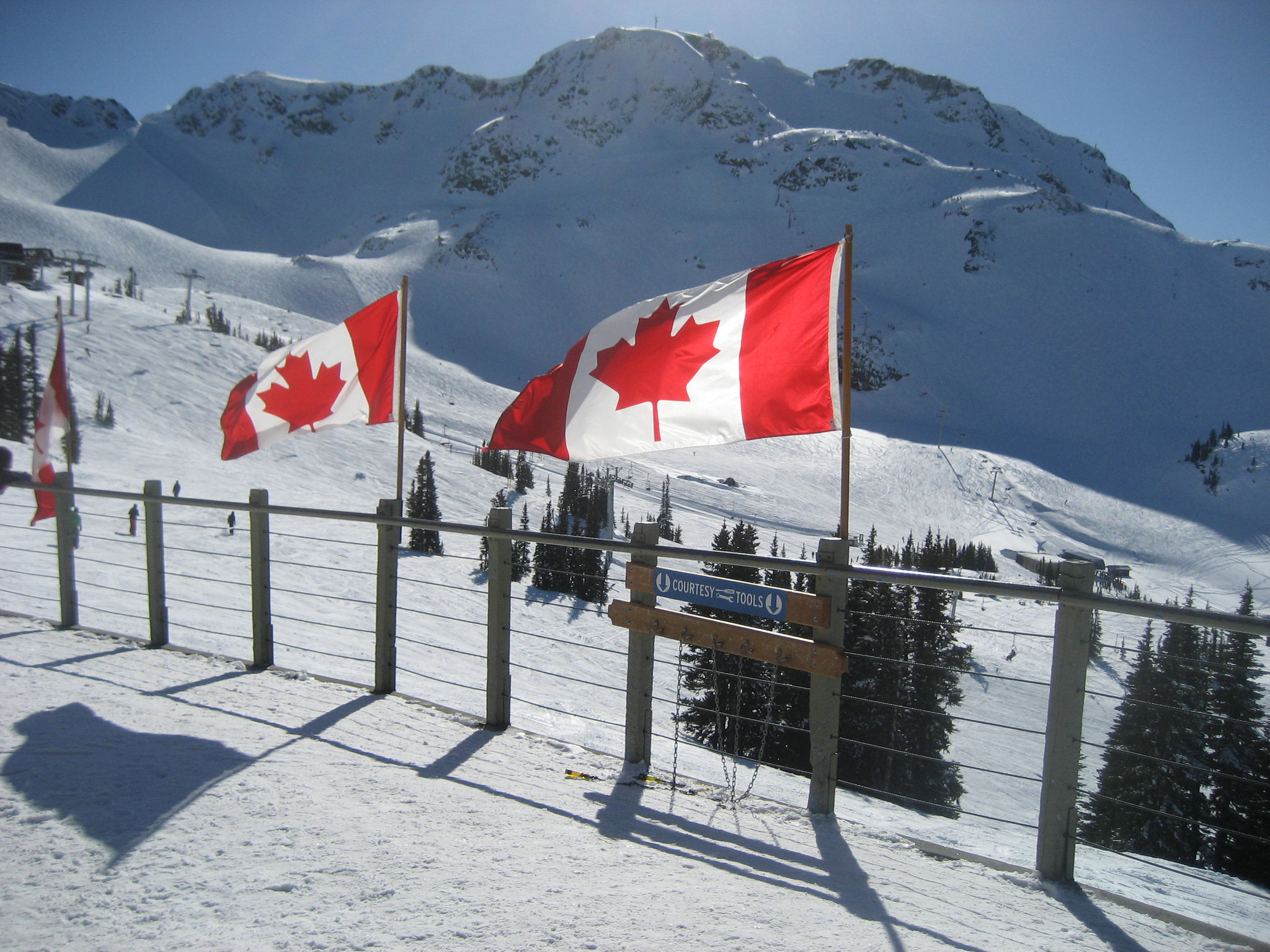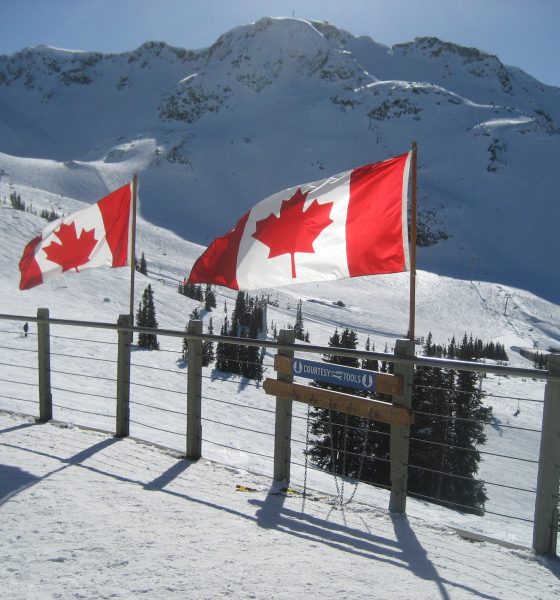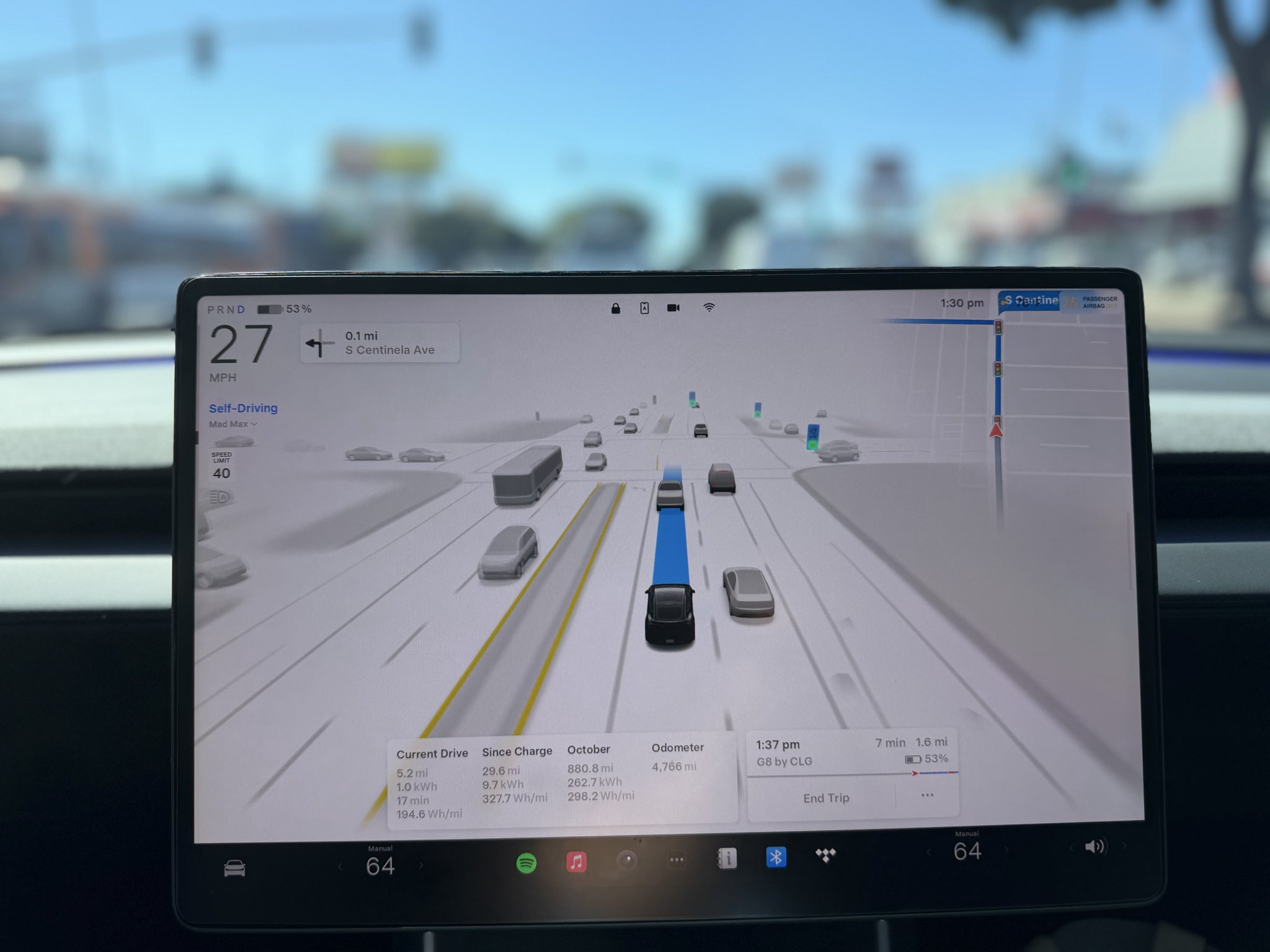

News
Tesla Giga Canada makes sense: Canadian Minister emphasizes auto industry’s new “supplier of choice” [Opinion]
Tesla Giga Canada is starting to make more sense. At the 2022 Shareholders Round-Up, Elon Musk announced that Tesla might share the location of its next gigafactory by the end of the year. Musk teased that Canada could be a potential location.
Just last week, Canada’s Minister of Innovation, Science, and Industry François-Philippe Champagne visited Tesla’s Markham facility to talk to Tesla. Champagne’s visit suggested that Tesla Giga Canada has some potential to reach fruition.
There are two main reasons Canada would be a good location for Tesla’s next gigafactory. CDN seems to be hyper-focused on developing its green supply chain and catering to the auto industry. Also, the recently signed Inflation Reduction Act encourages automakers—legacy and startup alike—to secure supply chains in North America.
Canada becoming EV “supplier of choice”
Recently, Volkswagen and Mercedes Benz signed separate agreements with Canada for battery EV materials.
Volkswagen’s deal with Canada involves sustainable battery manufacturing, cathode active material production, critical mineral supply, and others. It also includes a Canadian office for VW’s PowerCo, its battery company. Through PowerCo, Volkswagen plans to develop and research EV batteries and ramp in-house cell production and recycling.
Canada’s agreement with Mercedes Benz seems more open-ended. However, it will focus on enhancing collaborations between the legacy OEM and Canadians companies along EV and battery supply chains.
Minister Champagne explained that talks between Canada and the two legacy automakers started in May when he visited Germany.
“Canada is quickly becoming the green supplier of choice for major auto companies, including leading European manufacturers, as we transition to a cleaner, greener future. By partnering with Volkswagen and Mercedes, Canada is strengthening its leadership role as a world-class automotive innovation ecosystem for clean transportation solutions. Canada is committed to building a strong and reliable automotive and battery supply chain here in North America to help the world meet global climate goals,” said Champagne.
The 2022 Inflation Reduction Act
VW and Mercedes Benz signed deals with Canada a week after President Joe Biden signed the Inflation Reduction Act, and it doesn’t seem to be a coincidence.
The Inflation Reduction Act takes effect in December 2022, but EV automakers and suppliers have already started preparing for it. For instance, South Korean battery suppliers have also started preparing to move production to the United States. The law introduces a new system of EV tax credits with a specific set of requirements. It includes a battery requirement that would affect automakers and suppliers directly.
Under the Inflation Reduction Act, 40% of materials used in batteries should be sourced from North America or a U.S. trading partner by 2024. By 2029, 100% of materials used in batteries should come from North America or U.S. trading partners; otherwise, the vehicles will not qualify for EV tax credits.
The law would affect automakers like Volkswagen. VW, for instance, aims to break into the U.S. pickup truck market with an all-electric Scout vehicle. EV tax credits would help VW’s EV Scout sales in the future.
What about Tesla?
The U.S. Department of Energy’s Alternative Fuels Data (DOE) published a list of electric vehicles eligible for the new EV tax credit of $7,500. According to DOE’s list, Tesla’s entire S3XY line will qualify for the tax credits starting January 1, 2023.
Tesla hasn’t qualified for EV tax credits for quite some time since it already hit the 200,000 cap in the old system. The strong demand for Tesla cars suggests that the lack of subsidies isn’t really hurting the company. But, EV tax credits would help the company’s primary goal: accelerating the advent of sustainability.
Tesla has become a leader in the global EV space and market. It has shown legacy automakers that electric vehicles are the future. To keep traditional OEMs motivated, Tesla needs to keep pushing forward. Complying with the Inflation Reduction Act would be a good way of keeping legacy OEMs on their toes.
Tesla’s aims to produce 20 million vehicles annually by 2030. Elon Musk explained that Tesla would need about a dozen gigafactories to make 2 million vehicles per year and achieve its 20M goal.
Currently, Tesla has Giga Texas, Giga Berlin, Giga Shanghai, and the Fremont Factory producing cars. It would make sense for Tesla to choose Canada as the next location of its newest gigafactory given the Inflation Reduction Act’s requirements. By choosing Canada, Tesla could produce more cars and qualify for the EV tax credits in the United States–hitting two birds with one stone.
The Teslarati team would appreciate hearing from you. If you have any tips, contact me at maria@teslarati.com or via Twitter @Writer_01001101.

News
Tesla FSD Supervised ride-alongs in Europe begin in Italy, France, and Germany
The program allows the public to hop in as a non-driving observer to witness FSD navigate urban streets firsthand.

Tesla has kicked off passenger ride-alongs for Full Self-Driving (Supervised) in Italy, France and Germany. The program allows the public to hop in as a non-driving observer to witness FSD navigate urban streets firsthand.
The program, detailed on Tesla’s event pages, arrives ahead of a potential early 2026 Dutch regulatory approval that could unlock a potential EU-wide rollout for FSD.
Hands-Off Demos
Tesla’s ride-along invites participants to “ride along in the passenger seat to experience how it handles real-world traffic & the most stressful parts of daily driving, making the roads safer for all,” as per the company’s announcement on X through its official Tesla Europe & Middle East account.
Sign-ups via localized pages offer free slots through December, with Tesla teams piloting vehicles through city streets, roundabouts and highways.
“Be one of the first to experience Full Self-Driving (Supervised) from the passenger seat. Our team will take you along as a passenger and show you how Full Self-Driving (Supervised) works under real-world road conditions,” Tesla wrote. “Discover how it reacts to live traffic and masters the most stressful parts of driving to make the roads safer for you and others. Come join us to learn how we are moving closer to a fully autonomous future.”
Building trust towards an FSD Unsupervised rollout
Tesla’s FSD (Supervised) ride-alongs could be an effective tool to build trust and get regular car buyers and commuters used to the idea of vehicles driving themselves. By seating riders shotgun, Tesla could provide participants with a front row seat to the bleeding edge of consumer-grade driverless systems.
FSD (Supervised) has already been rolled out to several countries, such as the United States, Canada, Australia, New Zealand, and partially in China. So far, FSD (Supervised) has been received positively by drivers, as it really makes driving tasks and long trips significantly easier and more pleasant.
FSD is a key safety feature as well, which became all too evident when a Tesla driving on FSD was hit by what seemed to be a meteorite in Australia. The vehicle moved safely despite the impact, though the same would likely not be true had the car been driven manually.
News
Swedish union rep pissed that Tesla is working around a postal blockade they started
Tesla Sweden is now using dozens of private residences as a way to obtain license plates for its vehicles.

Two years into their postal blockade, Swedish unions are outraged that Tesla is still able to provide its customers’ vehicles with valid plates through various clever workarounds.
Seko chairman Gabriella Lavecchia called it “embarrassing” that the world’s largest EV maker, owned by CEO Elon Musk, refuses to simply roll over and accept the unions’ demands.
Unions shocked Tesla won’t just roll over and surrender
The postal unions’ blockade began in November 2023 when Seko and IF Metall-linked unions stopped all mail to Tesla sites to force a collective agreement. License plates for Tesla vehicles instantly became the perfect pressure point, as noted in a Dagens Arbete report.
Tesla responded by implementing initiatives to work around the blockades. A recent investigation from Arbetet revealed that Tesla Sweden is now using dozens of private residences, including one employee’s parents’ house in Trångsund and a customer-relations staffer’s home in Vårby, as a way to obtain license plates for its vehicles.
Seko chairman Gabriella Lavecchia is not pleased that Tesla Sweden is working around the unions’ efforts yet again. “It is embarrassing that one of the world’s largest car companies, owned by one of the world’s richest people, has sunk this low,” she told the outlet. “Unfortunately, it is completely frivolous that such a large company conducts business in this way.”
Two years on and plates are still being received
The Swedish Transport Agency has confirmed Tesla is still using several different workarounds to overcome the unions’ blockades.
As noted by DA, Tesla Sweden previously used different addresses to receive its license plates. At one point, the electric vehicle maker used addresses for car care shops. Tesla Sweden reportedly used this strategy in Östermalm in Stockholm, as well as in Norrköping and Gothenburg.
Another strategy that Tesla Sweden reportedly implemented involved replacement plates being ordered by private individuals when vehicles change hands from Tesla to car buyers. There have also been cases where the police have reportedly issued temporary plates to Tesla vehicles.
News
Czech Deputy excited for Tesla FSD, hints at Transport Committee review
The ANO party lawmaker shared his thoughts about FSD in a post on social media platform X.

Martin Kolovratník, a Czech Republic Chamber of Deputies member, has expressed his excitement for Tesla’s Full Self-Driving (FSD) after an apparent constituent called for a quick approval for the advanced safety system.
The ANO party lawmaker, who drives both diesel and EV, shared his thoughts about the matter in a post on social media platform X.
The official’s initial statements
Kolovratník kicked off the exchange with a post outlining his coalition’s efforts to scrap highway toll exemptions for electric vehicles and plug-ins starting in 2027.
“Times have changed. Electric vehicles are no longer a fringe technology, but a full-fledged part of operations. And if someone uses the highway network, they should follow the same rules as everyone else. That’s the basis of fairness,” he wrote.
He emphasized equity over ideology, noting his personal mix of diesel and electric driving. “For this reason, there is no reason to continue favoring one technology at the expense of another… It’s not about ideology, it’s about equal conditions. That’s why we clearly agreed within the new coalition: the exemption for electric vehicles and plug-ins will end in 2027. The decision is predictable, understandable, and economically sound.”
Tesla FSD enthusiasm
The conversation pivoted to Tesla’s FSD when X user @robotinreallife, who seems to be one of the official’s constituents, replied that other matters are more important than ending highway exemptions for EVs.
“I’m happy to pay for the highway, but I have a question about a much more fundamental matter: The Netherlands will approve the operation of Tesla FSD in February 26, a technology that has been proven to reduce accidents. The Czech Republic has the option to immediately recognize this certification. Do you plan to support this step so that we don’t unnecessarily delay?” the X user asked.
Kolovratník responded promptly, sharing his own excitement for the upcoming rollout of FSD. “I know about it. I like it and it seems interesting to me. Once we set up the committees and subcommittees, we’ll open it right away in that transport one. Thanks for the tip, I’ll deliver the report,” the official noted in his reply on X.
Kolovratník’s nod to FSD hints at the system’s potentially smooth rollout to Czechia in the coming year. With the Netherlands possibly greenlighting FSD (Supervised) in early 2026, Kolovratník’s commitment could accelerate cross-border certification, boosting FSD’s foray into Europe by a notable margin.









